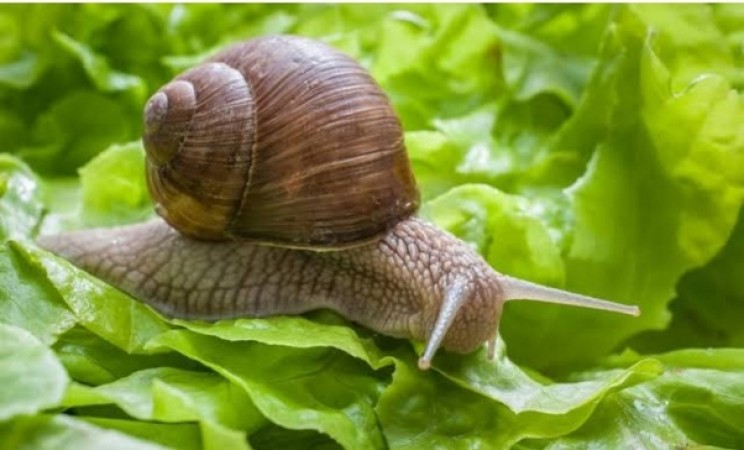
In the world of nature's marvels lies a creature so small yet so fascinating, it has captured the curiosity of scientists and enthusiasts alike. This tiny being boasts an astonishing 25 thousand teeth, a fact that seems almost unbelievable at first glance. Surprisingly, it is not an inhabitant of some remote, unexplored region, but rather, it resides in places we often overlook - right near our homes.
Introducing the Remarkable Woodlouse
This extraordinary creature is none other than the woodlouse, a common sight in gardens, forests, and even beneath the rocks and logs scattered around our neighborhoods. Despite its unassuming appearance, the woodlouse harbors a secret within its tiny body - a mouthful of teeth that far surpasses the dental count of most other animals.
Delving into the Woodlouse's Dental Arsenal
To comprehend the sheer magnitude of this dental prowess, one must first understand the anatomy of the woodlouse. These small, segmented creatures belong to the crustacean family, distant relatives of crabs and lobsters. While they lack the hard exoskeleton characteristic of their marine cousins, woodlice compensate with an impressive array of teeth.
The Magnificent Molars: A Closer Look
Upon closer inspection, one would find rows upon rows of minuscule teeth lining the woodlouse's mouthparts. These teeth serve a crucial purpose in the woodlouse's diet, which primarily consists of decaying plant matter. As scavengers of the forest floor, woodlice play a vital role in breaking down organic material, aiding in the process of decomposition and nutrient recycling.
Adaptations for Survival
But why does the woodlouse need so many teeth? The answer lies in its dietary habits and evolutionary history. Over millions of years, woodlice have adapted to thrive in environments rich in decaying vegetation. Their numerous teeth enable them to efficiently consume and digest cellulose, the primary component of plant cell walls.
A Testament to Nature's Ingenuity
In essence, the woodlouse's abundance of teeth is a testament to the incredible diversity and ingenuity found in the natural world. While we may not often spare a second thought for these tiny creatures scuttling beneath our feet, their existence serves as a reminder of the interconnectedness of all living beings and the beauty of adaptation and evolution.
Unlocking the Mysteries of the Mundane
So, the next time you encounter a woodlouse meandering through your garden or hiding beneath a fallen leaf, take a moment to marvel at the intricacies of its being. Behind its humble facade lies a world of wonder, where even the smallest of creatures can hold secrets waiting to be uncovered.
Exploring Nature's Wonders, One Tooth at a Time
As we continue to explore the mysteries of the natural world, let us not overlook the remarkable creatures that share our habitats. From the tiniest woodlouse to the mightiest elephant, each species contributes to the rich tapestry of life on Earth, reminding us of the beauty and complexity of our planet.
Such shoes were delivered by helicopter, the price will be staggering
These footwear look very elegant and classy with saree
Glamour Galore: Kriti Sanon and Shanaya Kapoor Shine at Lakme Fashion Week Day 3